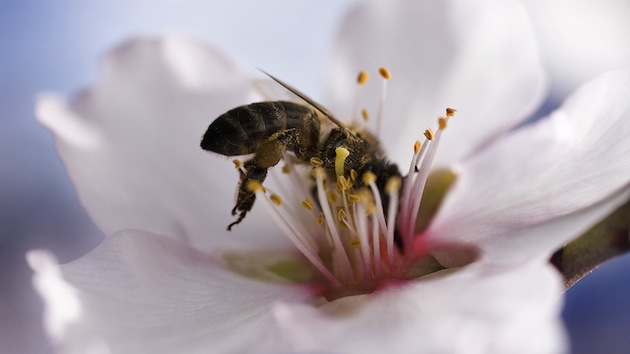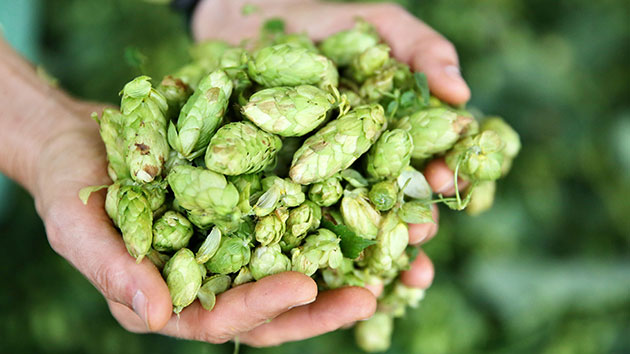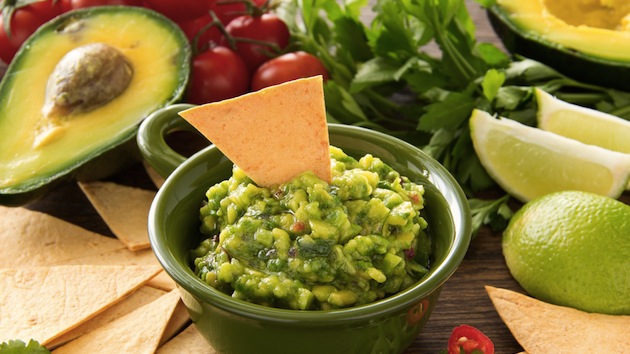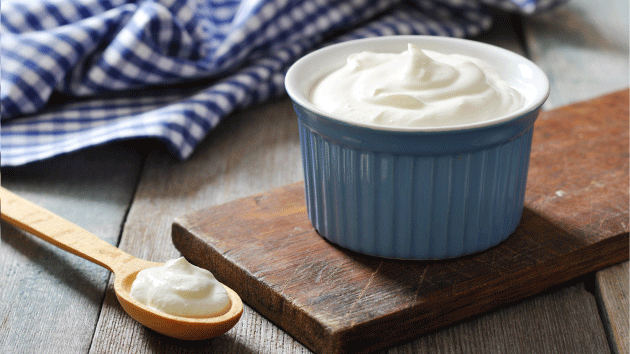
<a href="http://flickr.com/link-to-source-image">FEMWorks</a>/iStock http://www.istockphoto.com/portfolio/FEMWorks#19151cb8
In March, amid a worsening drought, California barred restaurants from serving water to customers except upon request. Though the Environmental Protection Agency has estimated that most of a restaurant’s water usage takes place in the kitchen or bathroom instead of at the table, the policy is “more of a reminder to people that we’re in a drought, as opposed to saving millions of millions of gallons of water,” as a San Francisco water conservation manager told the San Francisco Chronicle.
Which got me thinking: What about other beverages you might order along with brunch or dinner? There’s a good chance their raw ingredients include crops like grapes, oranges, barley, or apples harvested in California. The state produces 105 million gallons of craft beer and 729 million gallons of wine every year—90 percent of the country’s native vino.
In the past, we’ve shown you how many gallons of water go into irrigating crops like almonds, tomatoes, and alfalfa. The chart below shows the amount of water needed to irrigate the California-grown raw ingredients in common drinks. (We chose common serving sizes for each beverage: 8 ounces for juice, 12 ounces for beer, and 4 ounces for a glass of wine.)

As for the water footprint inherent in the production stage of, say, grapefruit juice? University of Twente professor Arjen Hoekstra, one of the researchers responsible for the data, says that his team didn’t measure the water used in processing since it’s usually only “about 1 percent of the water footprint in the growing stage of the ingredient.”














